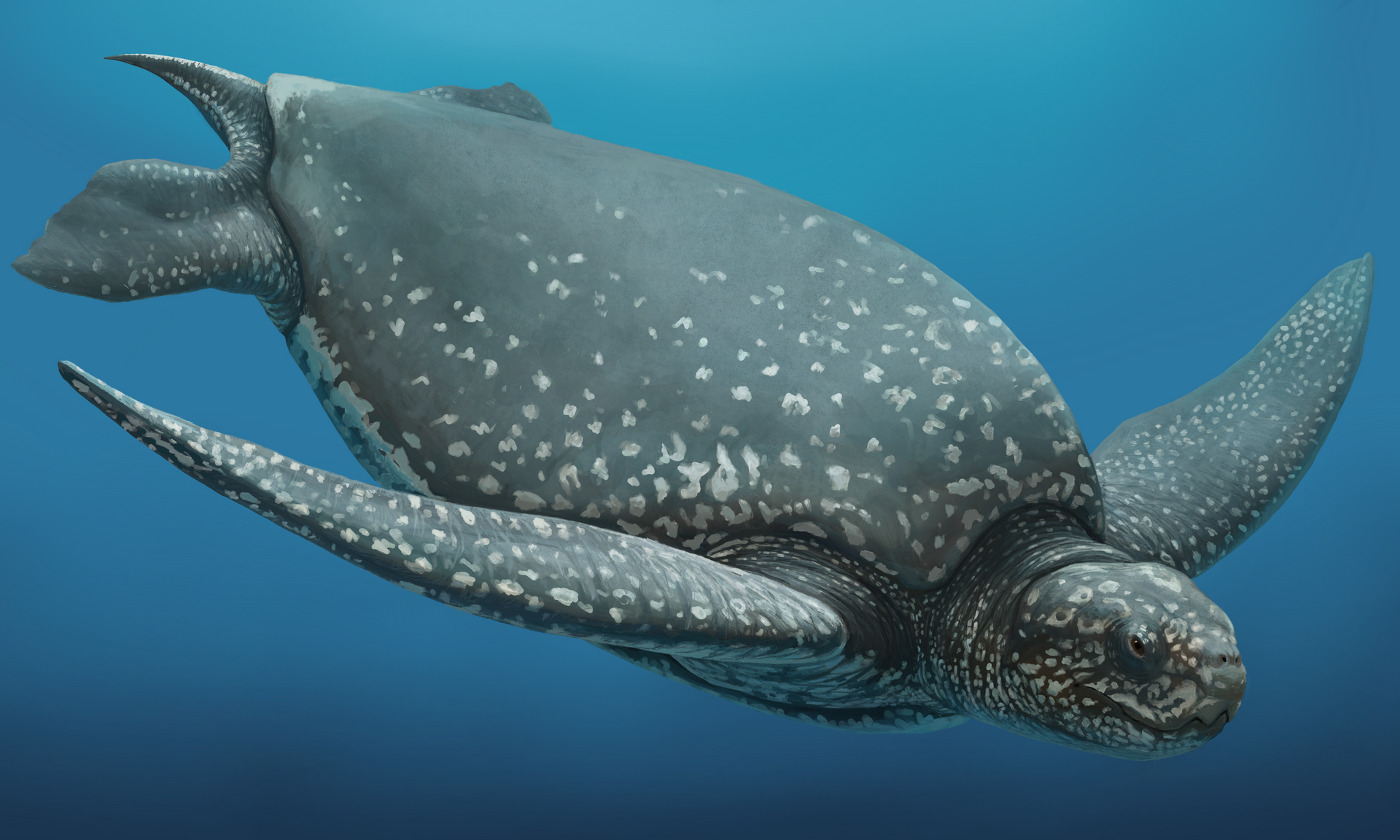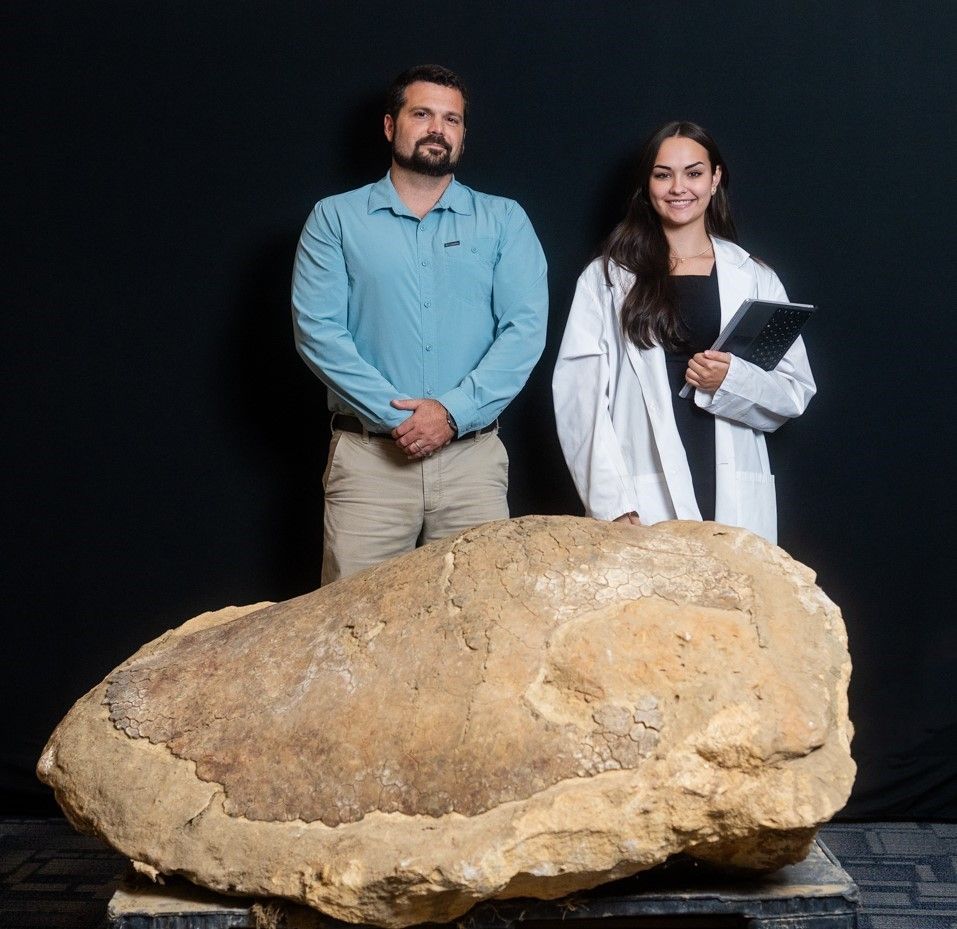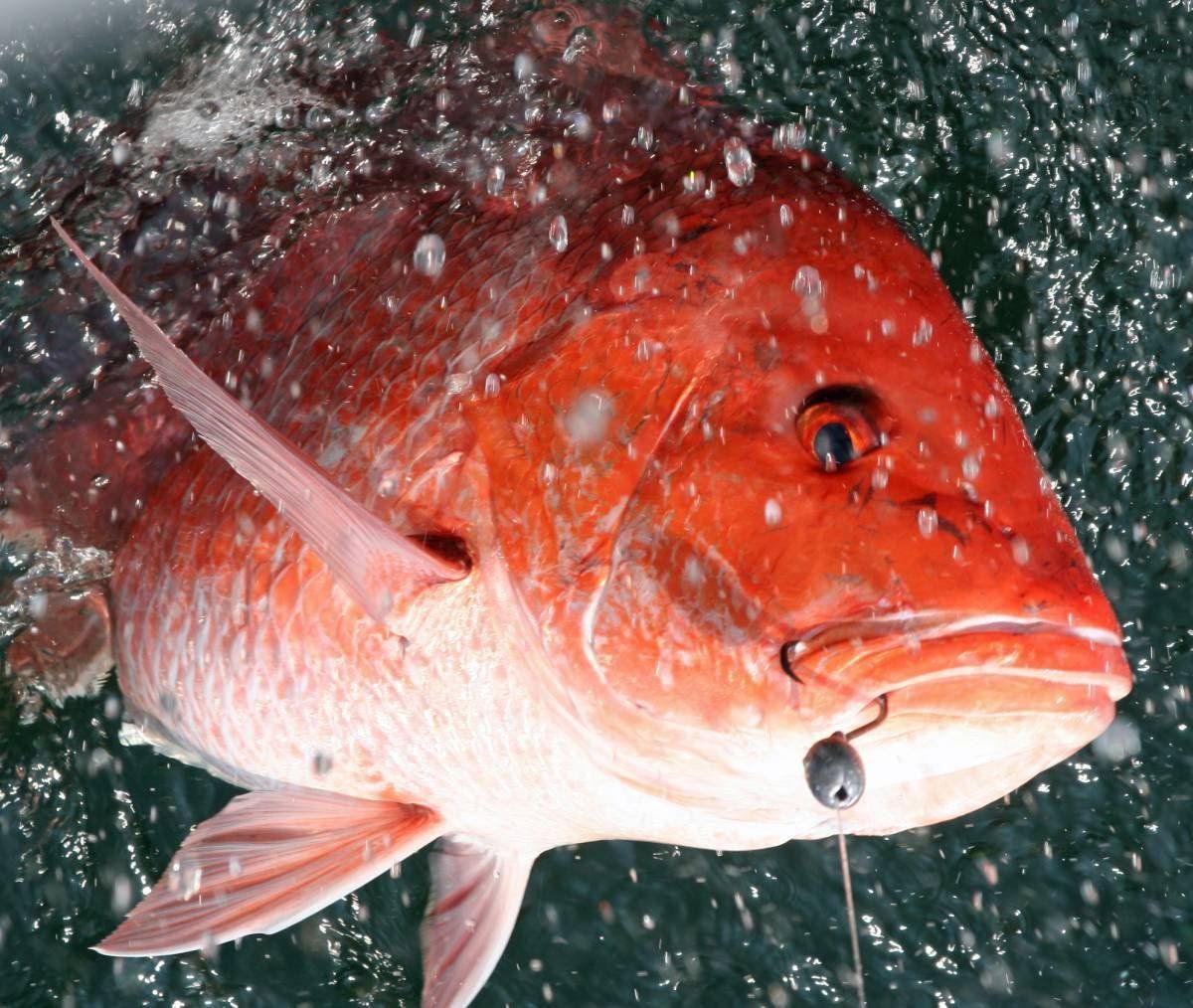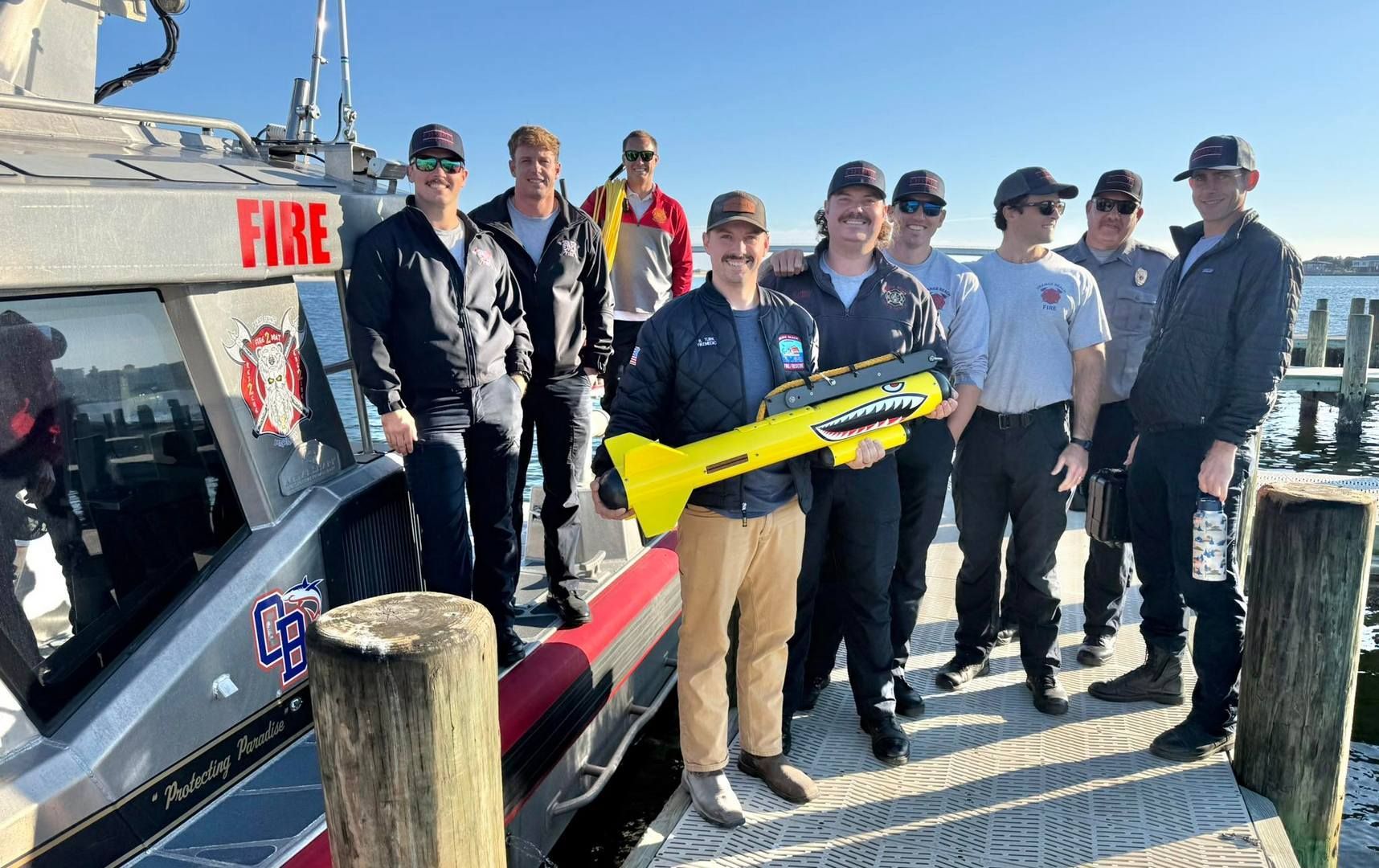Alabama Family Fishing Trip Leads to Ancient Turtle Fossil Discovery
Fossil dates back 32 million years and is among the most complete ever found

A family fishing trip in south Alabama led to a discovery scientists are calling one of the most complete fossil finds of its kind. Adam and Adrienne Coleman, along with their children Talah and Corey, stumbled across the fossilized shell of a leatherback sea turtle. The shell measured about four feet long and three feet across, preserved within a large limestone boulder. Researchers later confirmed it represented not only a new species but also a new genus.
The fossil was first spotted in the spring of 2021, though the discovery was not made public until researchers confirmed its significance. After more than a year of keeping the find quiet, Adam Coleman contacted Dr. Andrew Gentry, a paleontologist working in south Alabama. On September 12, 2025, the team announced the results of their study. The species has been officially named
Ueloca colemanorum, a tribute both to the Muscogee language and the Coleman family.

According to Gentry, leatherback sea turtles are particularly difficult to study through fossils because of how their shells form. Unlike most turtles, their shells are a mosaic of tiny bones called ossicles, which tend to break apart after death. This makes complete fossils extremely rare. Gentry called the Coleman find “absolutely breathtaking” and said it allows scientists to compare ancient leatherbacks with those living today.
After examining the fossil, Gentry reached out to colleague Jun Ebersole, director of collections at the McWane Science Center in Birmingham. The two assembled a research team that included experts from the Geological Survey of Alabama, Dauphin Island Sea Lab, Alabama Aquarium, and the National Oceanic and Atmospheric Administration. Together, they oversaw the removal and preservation of the specimen before bringing it to Birmingham for study.
Scientists determined the fossil dated to the early Oligocene Epoch, roughly 32 million years ago. It is now considered one of the most intact leatherback shells ever found in the Western Hemisphere. Tribal representatives from the Poarch Creek Indians played a role in naming the new genus, combining Muscogee words meaning water and turtle. Researcher Kimberly Gregson, a Tribal Member, and language experts Samantha Martin and Dr. Marcus Briggs-Cloud helped shape the name
Ueloca.
“This is the first fossil to carry a Muscogee name and it’s exciting to see our language recognized in this way,” Martin said. She thanked both Gentry and her fellow Tribe members for ensuring Creek heritage was included in the project. The second part of the species name,
colemanorum, honors the Coleman family who made the discovery and assisted in its recovery.
Ebersole described the fossil as “one-in-a-million” and said Alabama’s reputation as a rich source of fossil diversity is continuing to grow. Researchers believe the find offers new evidence that leatherback turtles may have evolved in more than one lineage. While only one group survived to the present day, the other appears to have disappeared millions of years ago for reasons still unknown.
The fossil is now on public display at the McWane Science Center. Gentry said the experience shows how paleontology connects people from very different backgrounds. “The thrill of discovery is universal,” he said. The formal study of the new turtle species was published this week in the journal
Palaeodiversity.
Share this article w/ Friends...











